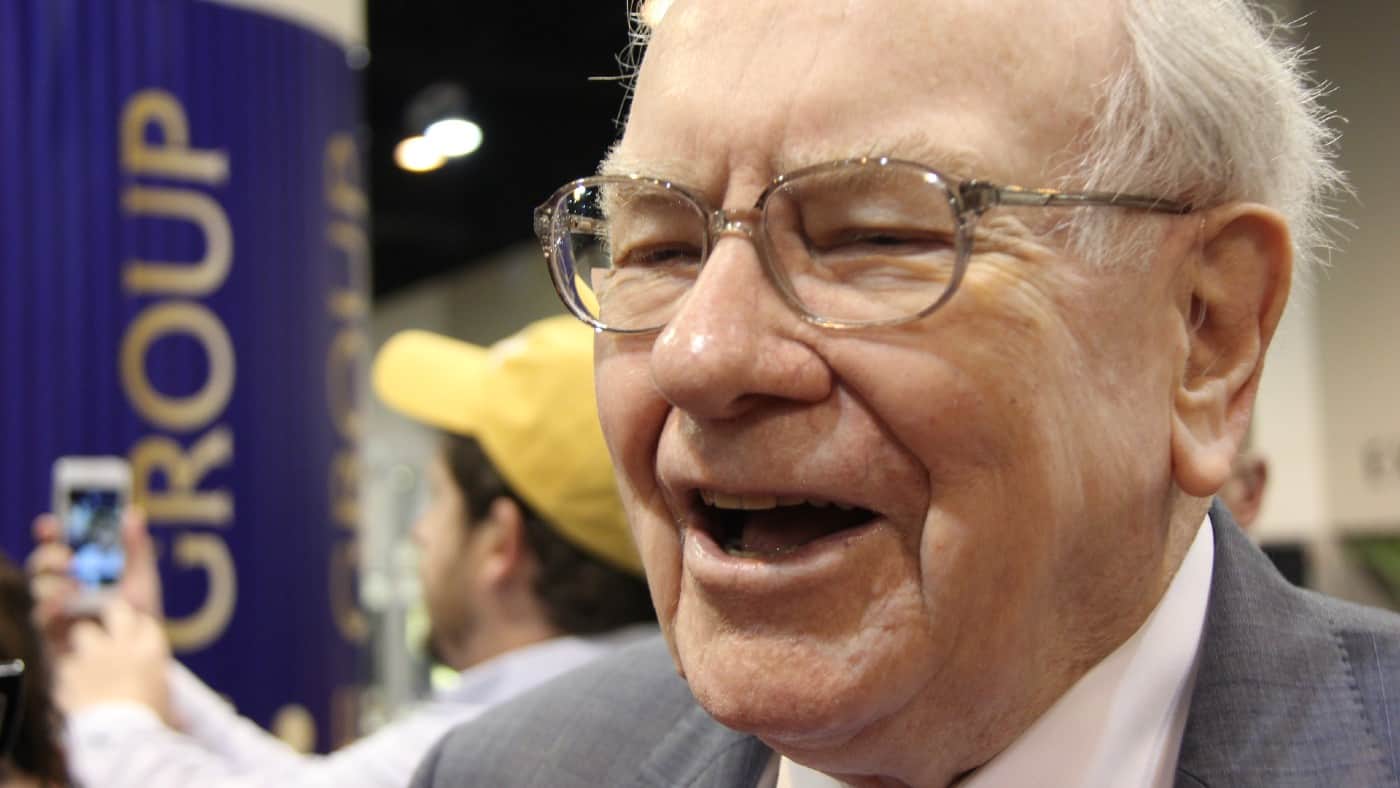One of the most successful investors in history is Warren Buffett. Looking at his decades of investing and billionaire status, Buffett may seem a long way from those embarking on an investing journey with little or no spare money.
In fact though, the ‘Sage of Omaha’ has succeeded by developing and applying a set of principles that can be helpful for investors, even with only a small amount of money to invest.
If I wanted to try and get rich by buying shares, here is how I would go about it by using the Buffett method.
Be clear about objectives
Some people invest primarily for the passive income potential of dividends. Others want to buy shares at beaten down prices they think could quickly rebound.
Buffett certainly earns a lot of dividends each year. But his objective is buying into great companies to hold the shares for the long term.
Different investors have their own objectives – what is right for Buffett might not suit me. But I do think the best starting point is deciding what exactly an investor’s objectives are.
Build capital
Lacking savings can make investment seem like a pipe dream. By putting aside some money regularly into a share-dealing account, or Stocks and Shares ISA, I could build up my investment pot.
That is what Buffett has done over decades. He started out investing his own money, before later getting capital from friends and family so he had more to invest.
Buying shares costs money, so I would take a disciplined approach to building capital, based on my own financial circumstances.
Buy quality businesses
The Buffett approach to wealth building involves owning stakes in businesses that look set for future success, then benefitting as they grow.
That is not the sort of bottom fishing some investors do. Buffett’s portfolio is stuffed with blue-chip household names like Coca-Cola and Apple.
Avoid overpaying
He does not necessarily want to buy shares at bargain prices. But he definitely wants to avoid overpaying.
The Buffett method involves buying great companies at attractive prices. At too high a price, even a great business can make a poor investment.
Take a long-term approach
Buffett is a clear example of a long-term investor. He buys shares and then usually holds them for years, or even decades. That means if he has correctly identified a business as having strong commercial potential and not overpaid for it, over the course of time that could be reflected in the shares increasing in value.
The Apple stake, for example, cost $31bn and was bought in the past decade. That stake is currently valued at around $160bn.
Long-term investing has worked well for Buffett – and I think it makes sense for me too.








